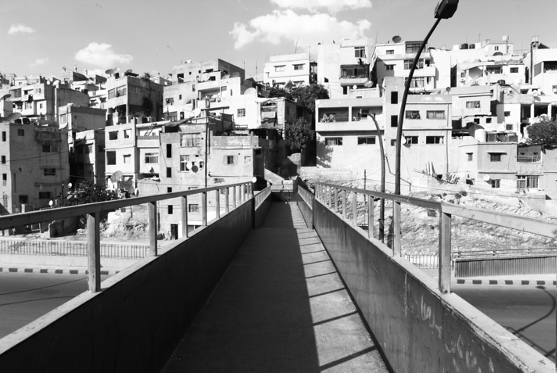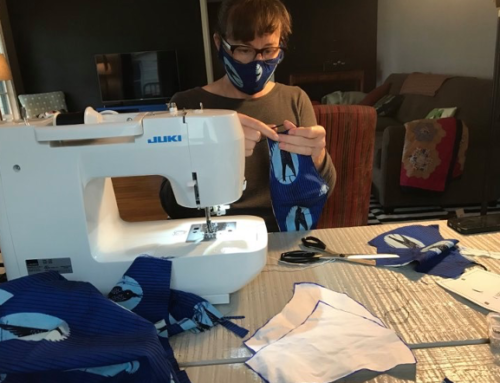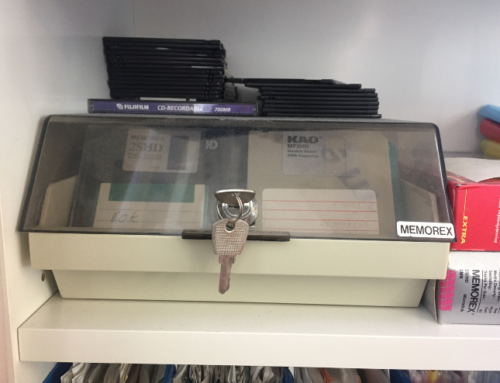Listen to the audio version of this essay here
The most horrible thing that ever happened to me was the moment I tripped while walking down a frozen sidewalk in Amman, Jordan. I had not yet found the conceptual framing to articulate the confluence of war and climate change. I did not have words like “anthropocene” or “sociocide.” I only had words like “cold” and “war.”
Syrians ran for their lives. Some set up camp on the hilly streets and sidewalks of the city. That year, it snowed heavily enough for Jordan to borrow a snowplow from Israel, without much outcry from the country’s Palestinian residents. Snow dampens sound. It suppresses, even, political dissent. Cold people, trapped people, hungry people, might consent to almost anything. That is why exposure is such a common element of torture. It is also, I think, why doctor’s offices are so cold.
I tripped. When I looked down, there was an infant frozen solid on the ground.
I can’t describe the feeling, the creeping shiver, that came over me. It was not the feeling of panicked dread when you forget a deadline or get into big trouble. That’s a heat flooding over you, from the shoulders.
You know when you step on something soft, and it feels alive? It startles. You recoil into a jump backwards. Cold creeps up like a corkscrew from your guts. Almost, but not, like queasiness.
But when you step on something that does not feel alive, but feels as if it should be, it just makes you flat cold. Like shock. The coldness of this body alarmed me for a lifetime. It felt somehow intended that I trip there, and intended that it should haunt me. Hold me responsible.
The baby had closed eyes and a sweet face with little lips so frozen that where they parted, they were firm and doll-like. I remember holding a plastic bottle to a plastic doll once, touching the hardness of its fake lips with my fingers. Very strange. The bottle would make a hollow sound as it touched the empty face.
How abject it seemed. Of all the things I could trip on… a dead cat? Maybe! But an infant? I knew there was something exceptionally wrong, not for the obvious reason that it had been left there, or that I had tripped on it, or that it was frozen… but that it was not the only child to freeze to death that night. It was not supposed to get this cold here. The baby wore a thin cotton dress.
There is so much about horror that gets suppressed.
They say we should not speak too much about dead babies. Out of respect. But I spend a lot of time talking about babies whose lives were halved, quartered, stunted, and splintered. I cannot make dead babies a discreet topic. They are often my main company. They stick with me even when I fall asleep to the glow of Netflix far away from snowy Jordan. They manage to thin out and slide under my eyelids just as my eyes flutter closed.

Amman, Jordan. Photo by Kali Rubaii
I have been handed so many stories by, from, about, or on behalf of dead and not-quite-dead babies. Have you ever been responsible for something you were not qualified to be responsible for? I never know what to do with these stories.
What makes dead babies, or their bodies, so hard to talk about ethically is their permanent subalternity. They cannot speak for themselves and are easy to dismiss as lacking subjectivity or political agency, and—as is the case of all dead—difficult to consult for their consent.
Because of these things, it is also necessary to speak of them. As it turns out, the dead certainly have political will. Subaltern infants do have voices (albeit faint), and they have grievances they make clear, often by means of communication that are hard to fathom or treated as simply imagined by their interpreters. (To believe them, one has to believe me. And you won’t. Not really.)
This particular baby was in my path somehow, and I felt responsible for her. She was saying something with her body that was not quite about war and not quite about climate change, but something about worlds-ending projects at their crux.
Years later, I adopted a cat from the same icy streets. The two may not be related, but I did not want to see a little cat freeze at my doorstep like the baby. She is sitting with me now. She is not the transposed being of the cold baby into a warm cat. Yet, they are linked.
Sometimes she jumps up out of a deep calm, to bite me for seemingly no reason. There is fury in her stillness. She is “nus-nus,” half and half, patchy looking with a broken ear. She sees two worlds, as if through a split viewfinder. I only see one. She lashes out from what seems like nowhere, but is, I think, from somewhere.
I imagine she is exacting angst or revenge, depriving me of any predictability, comfort or rest. “But wait,” she says, “I am still angry.”
Cite as: Rubaii, Kali. 2020. “Frozen Baby Story.” In “Flash Ethnography,” Carole McGranahan and Nomi Stone, editors, American Ethnologist website, 26 October 2020, [https://americanethnologist.org/features/collections/flash-ethnography/frozen-baby-story]
Kali Rubaii is an Assistant Professor of Anthropology at Purdue University. Her research is on the materiality of structural violence, especially ecological relations between living and non-living things.




